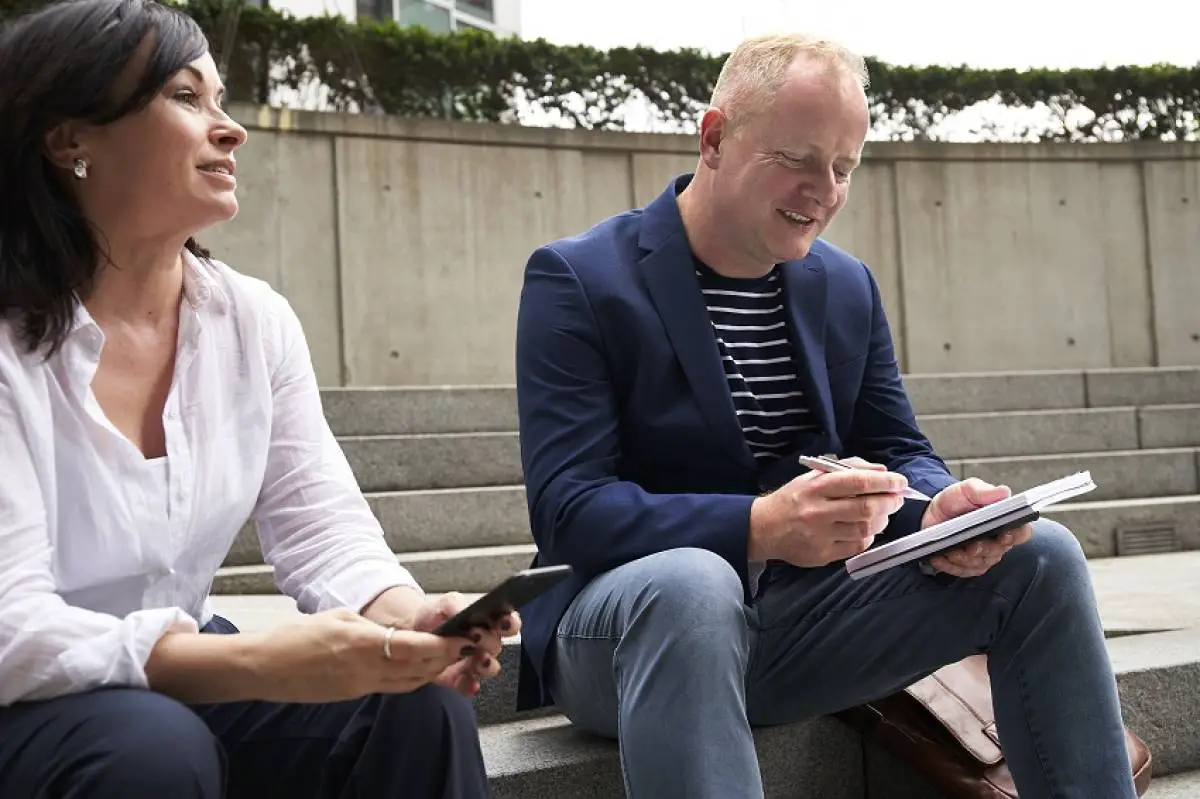Content or Website Design - Which Comes First?

Content first or website design first? It’s a question many marketers have grappled with. The answer sometimes depends on who you ask. If you ask a copywriter, they’ll say content is more important, but if you ask a graphic designer, they’ll say design is first.
So, which needs to come first on your website - content or design?
When it comes to user experience, both of these elements play a very important role. Website design is what attracts users to your website, while content is what will keep them there and inspire them to make a purchase.
In terms of which one you should prioritize, here is the case for both content and design, and the answer to which needs to come first on your website.
The Case for Content

If you know anything about digital marketing, you’ve heard that adage “content is king.” That adage didn’t come out of nowhere.
Your written content is what is going to give your audience the value they need and the information they need to convert and make a purchase. It communicates to users everything they need to know about who you are, what you do, where you’re located, and more. All of that is important when it comes to user trust and brand retention, as well as customer conversion.
Content is also important for your online presence and SEO strategy. Relevant, valuable content is what will drive online traffic to your website from search engines such as Google. You can create a meticulously designed website with high-quality images, but without the content to back those visuals up, you won’t be getting as many eyes on your site.
In terms of the process, content will also be an ongoing element of your website. You should be adding new content to your website regularly, such as blogs, new pages, anchor content, and so on.
The Case for Design

Design is the first thing your website visitors are going to see, and it’s what will give your audience that lasting first impression.
As many who have worked in the online world will tell you, that first impression is everything. You have to get it right or people won’t come back. In the competitive, cluttered online space where your competitors are also producing well-designed websites, you can’t skip over this aspect or you won’t be able to stand out and position yourself above the crowd.
A beautiful, eye-catching design is integral to helping your brand stand out from its competitors and showcasing your brand’s personality to your audience. Additionally, good design helps you look more professional, which means your customers are more likely to trust your brand enough to spend their money on your products or services.
Your website design can make or break a user’s experience and perception of your brand: 38% of people won’t come back to a website if they don’t like the layout or design, while 75% of people say that they judge a company’s credibility on their website’s design.
The Solution: Put It All Together

Ultimately, both content and design are important. Design will catch your audience’s eye instantly, while content will provide them with value and inform them about your product and brand.
The best recipe for success is a blend of great, valuable content and eye-catching design that works together to create a user experience that keeps your audience on the page.
Instead of choosing which area to focus on, split your budget between both content and design. When you’re launching a new website or refreshing your current one, you need a content strategy that ties together with your design.
That means that your content and design teams must work together to craft a strategy that works for both objectives. Your design team needs to know how much room they need to leave for text, what kind of templates to build for your content, and what types of pages you’ll need.
Likewise, your content team needs to know what type of layout they’re working with so they can properly structure the content, and which types of pages they’ll be able to use to produce that content.






















